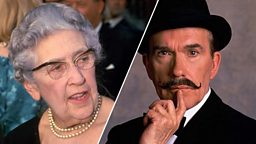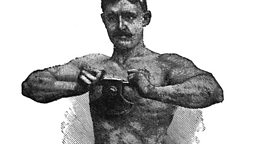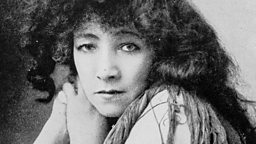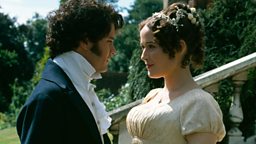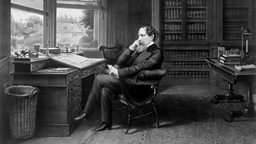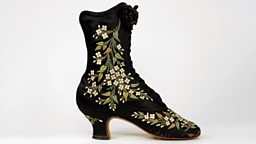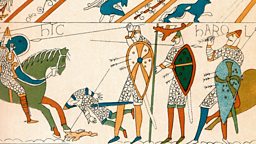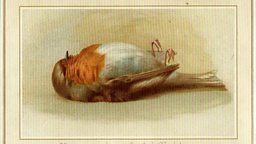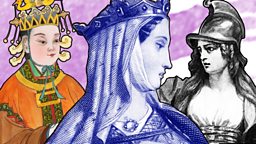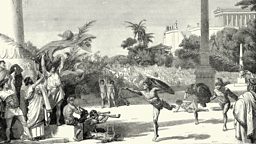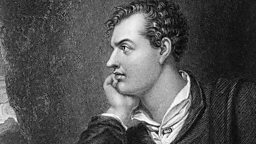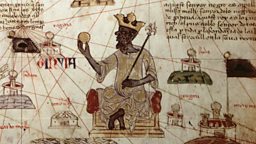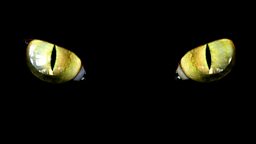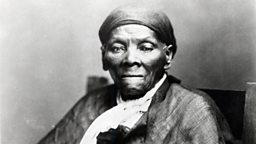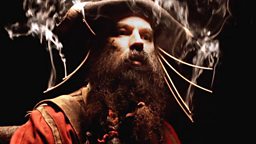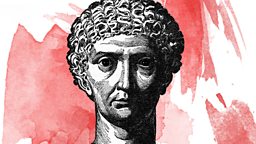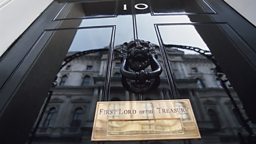Mad, bad and dangerous to know - 9 fascinating facts about Lord Byron
Lord Byron may be regarded as one of England’s finest poets, but did you know he had a pet bear and a penchant for drinking from human skulls? In this episode of You’re Dead to Me, public historian Greg Jenner talks with literature expert Dr Corin Throsby and comedian Ed Gamble about one of the most scandalous celebs of the 19th century.
1. Byron became a Lord when he was just ten years old
Byron was born George Gordon Byron. His dad, a gambler and an all-round scoundrel known as Mad Jack Byron, died when he was three. Little George’s uncle died a few years later, meaning he inherited the lordship when he was ten. Exciting! Less fun, however, was that he also inherited their debts.
2. Byron had a pet bear
Byron was a huge animal-lover. As a student, he was very unhappy that the University of Cambridge didn’t allow dogs. Making a mockery of the rules, he showed up with a tame bear instead, and even suggested it should be considered for a fellowship. Take that, the rules!
3. Lord Byron had a disability
Byron was born with what a doctor diagnosed as a club foot. Despite receiving medical treatment as a child (the effectiveness of which is debated) and often wearing specially-made shoes, he continued to experience pain and, sadly, shame about his foot throughout his life.
4. His first smash-hit poem was loosely based on himself
Childe Harold’s Pilgrimage, a long narrative poem about travel and romance, was published in four cantos (parts) between 1812 and 1818. It was loosely based on his own youthful travels around Europe, and attracted so much public attention that, allegedly, Byron claimed to have “awoke one morning and found [himself] famous”.
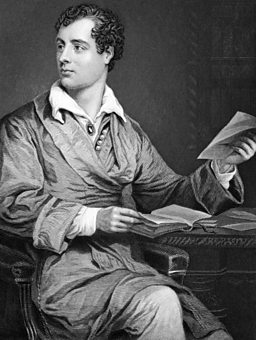

Was Lord Byron the first celebrity?
Comedian Ed Gamble learns how the romantic poet whipped his "Bryomaniacs" into a frenzy.
5. Byron’s huge fandom was known as Byromania
Coined by his wife Annabella, the term Byromania was used to describe the fanatical fanfare around Byron. He was one of the first major celebrities to receive en-masse fan mail, much of which was from anonymous female admirers.

He was one of the first major celebrities to receive en-masse fan mail, much of which was from anonymous female admirers.
6. He suffered from piracy
Arrrrrr! No, not that kind of piracy. Byron’s rise to fame coincided with mass mechanised publishing. This meant that many people were able to read his poetry, but also that unscrupulous publishers were able easily to steal Byron’s work without his permission.
7. Byron was the inspiration for the first vampire novel
One night in 1816 – during a drizzly holiday by Lake Geneva – Byron, Percy Bysshe Shelley, Mary Godwin, and their doctor friend John William Polidori told each other improvised ghost stories. 18-year-old Mary (not yet married to Shelley) turned her idea into the novel Frankenstein, or The Modern Prometheus. But Polidori also adapted his tale into a famous book, The Vampyre, and its sinister lead character was heavily based on the brooding, dangerous Byron himself. As if that wasn’t goth enough, when Percy Shelley drowned in 1822, Byron apparently asked to keep his friend’s skull. Ew.
8. He had a menagerie
It wasn’t just dogs and bears Byron was fond of. When Percy Shelley visited his house in Italy he wrote in his diary that he saw “ten horses, eight enormous dogs, three monkeys, five cats, an eagle, a crow, and a falcon...” he then added a PS which read “… I have just met on the grand staircase five peacocks, two guinea hens, and an Egyptian crane.” Crikey!
9. Byron died in Greek exile
Byron racked up debts, and became so scandalous for his saucy poetry and love life that he went into European exile in 1816 and never returned. His heart may have (literally) stayed in Greece, but his body rests in the churchyard near his ancestral home Newstead Abbey, Nottinghamshire.






